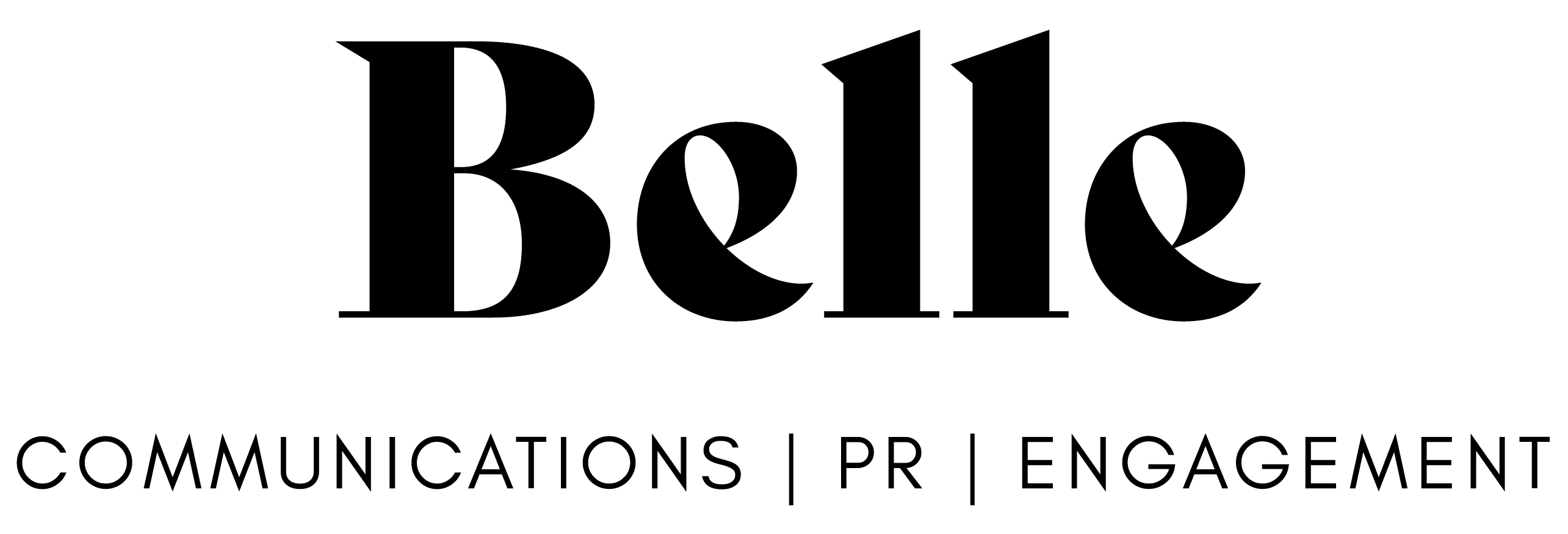We’ve moved into an era where data is for analysts and for storytellers.
The most effective PR and marketing campaigns today are built on insights drawn from real audience, customer and consumer behaviour. That means looking at what people click on, comment about, search for, and share, and using that information to shape the stories and content you share.
One of the most compelling recent examples of this in Aotearoa is Tourism New Zealand’s “Pou-o-Kai: The Restaurant with the Most Stars” campaign. It’s a masterclass in using insights to shape a narrative that’s both emotionally resonant and strategically sharp.
Here's what we could find out about the campaign
Faced with a shrinking media budget and fierce global competition, Tourism NZ turned to data. They discovered:
Food tourism is a billion-dollar industry.
Over 60% of travellers share food content online.
Culinary experiences are a key driver of travel decisions.
Instead of waiting for Michelin stars, they created their own: a pop-up restaurant under the stars in Castle Hill, Canterbury, featuring Māori cuisine and storytelling. The campaign was designed to showcase New Zealand’s unique food culture and natural beauty, without spending a cent on paid media.
Results included:
124% of the target media value achieved
800 million global impressions
1.7 million social engagements
All of this was driven by a clear understanding of what audiences care about and how to reach them.
Check out this sneak peak of the campaign, and congrats to those involved! It's stunning.
What this means for your business
You don’t need a national budget or a celebrity chef to apply the same principles. Here’s how data-led storytelling can work for you:
Let’s say you run a café in Cambridge. Your social media insights show that your blog post about seasonal produce gets more reach than your menu update. That’s a clue. You could build a campaign around “Spring on a plate” featuring local growers, behind-the-scenes prep, and customer stories. Use social media engagement to guide which dishes to highlight and which stories to tell.
Final thoughts
Data-led storytelling is all about listening. It’s about using the signals your audience is already giving you to shape stories that matter. Whether it’s open rates, search trends, or social engagement, the clues are there. You just need to follow them.
If you’re ready to dig into your data and discover the stories waiting to be told, we’d love to help.
